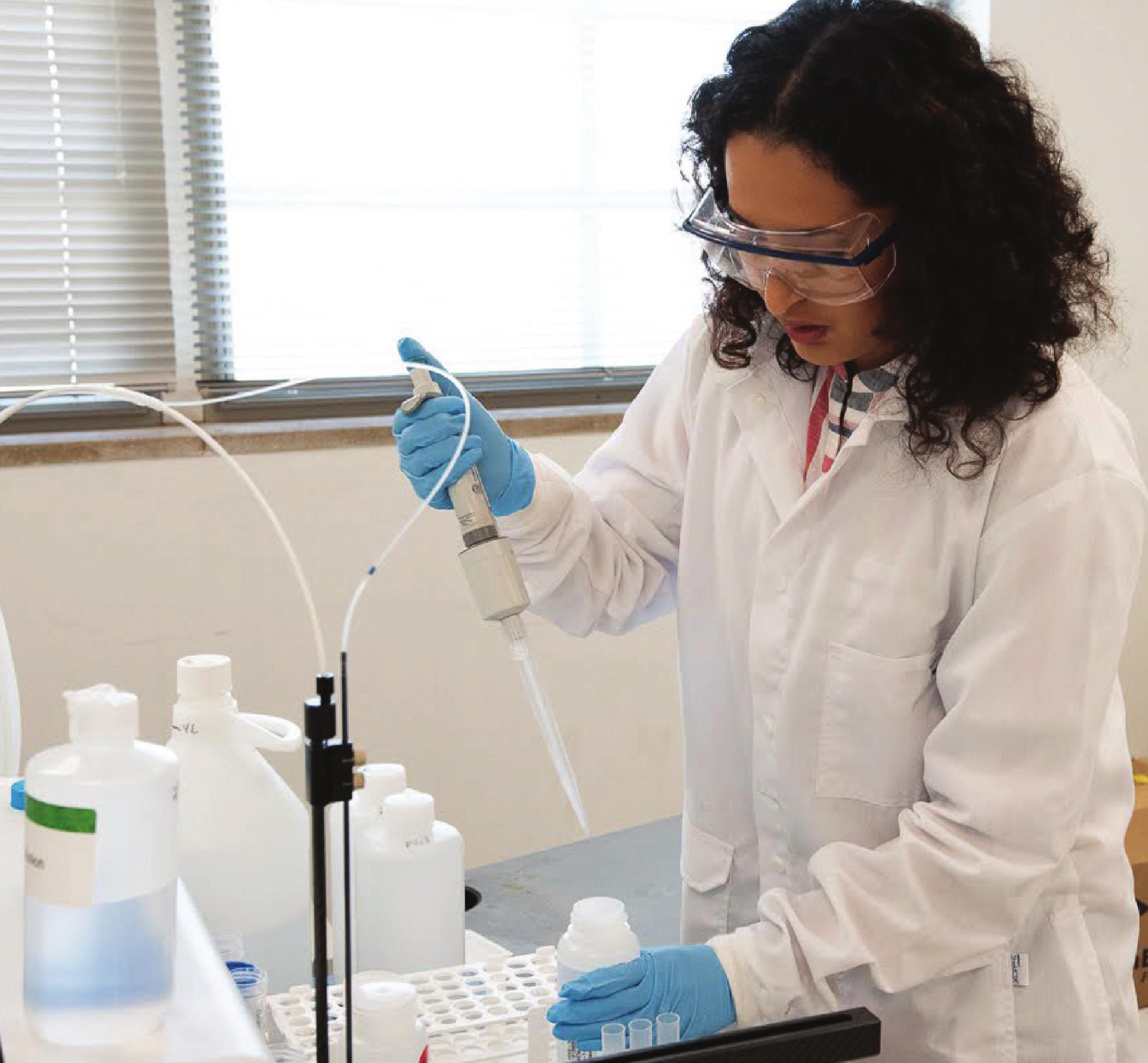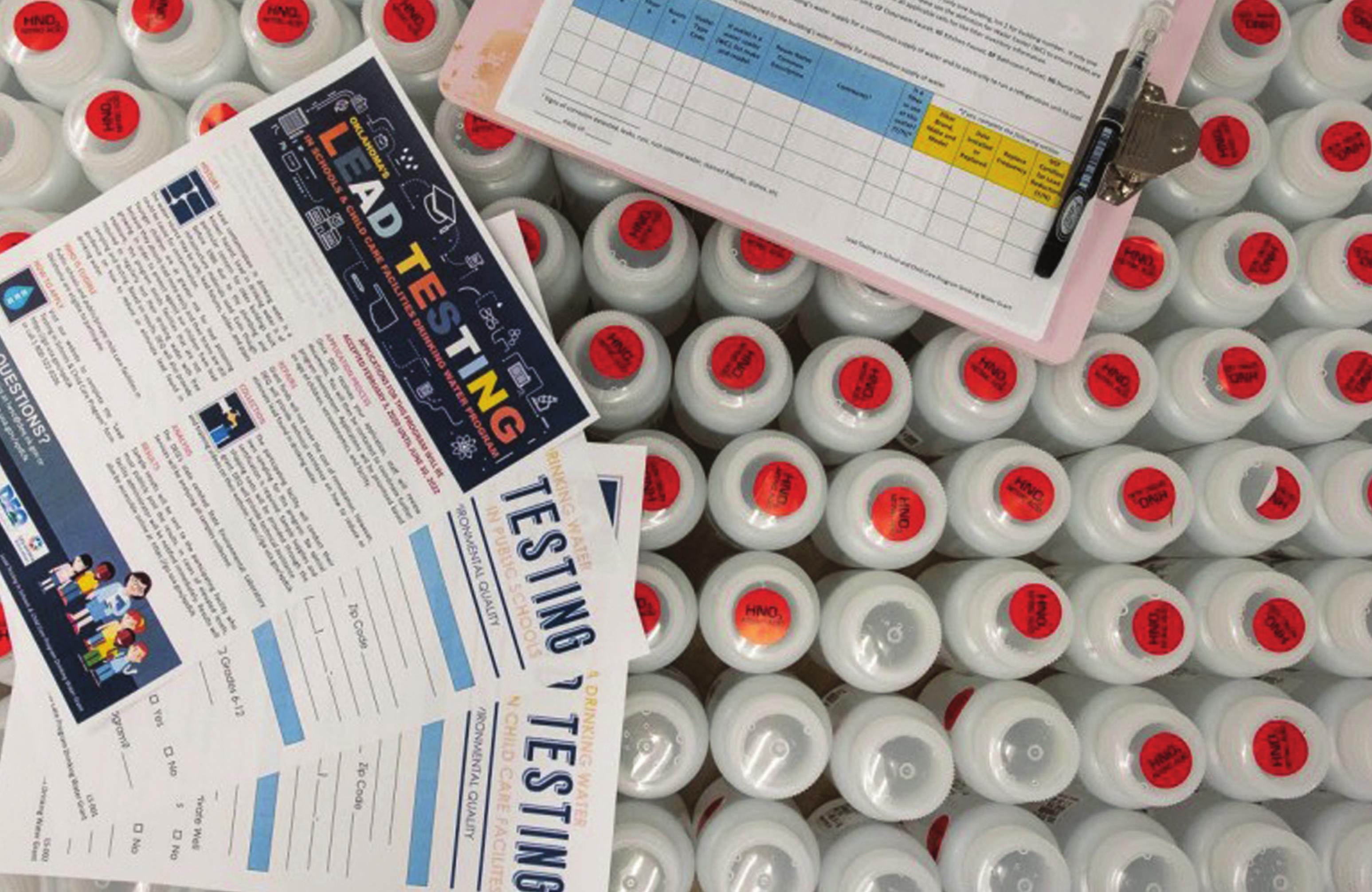Thousands of schools, day cares haven’t found out
Oklahoma does not require schools’ water to be checked for lead and few have volunteered for a free testing program implemented a year ago.
More than 3,700 schools and child care facilities are eligible, yet only six have applied, according to the Oklahoma Department of Environmental Quality, which administers the program. Only one, Central Oak Elementary in the Crooked Oak Public Schools district, has completed testing and remediation.
The testing is available to any school, licensed public or private child care facility, residential care center, children’s hospital or Boys & Girls Club in the state.
Lead exposure is especially harmful to children. Low level lead exposure in children has been linked to behavior and learning problems, lower IQs and hyperactivity, slowed growth, difficulty hearing and anemia. The effects are irreversible, which is why it’s important to prevent exposure.
Drinking water is a significant source of lead exposure for children. Lead can enter drinking water through corrosion of pipes, faucets and fixtures containing lead, which are more likely to be found in buildings built before 1986.
Oklahoma’s program is funded through a federal grant program created in response to Flint, Michigan. The Flint crisis unfolded after Michigan in 2014 switched the city’s drinking water supply from Detroit’s system to the Flint River to save money but failed to properly treat the water to prevent corrosion. The incidence of elevated blood-lead levels in the city’s children doubled, and tripled in some neighborhoods.
Oklahoma is one of 27 states which does not require schools to test their water unless they have their own well or operate their own water supply. It’s likely many schools do have lead in the water, but without testing it remains a hidden danger.
A Harvard study of 12 states requiring testing of school drinking water found 44 percent of all schools tested had at least one water sample with a lead concentration at or above the state’s action level, which is the concentration of lead that triggers a response. Action levels vary by state but are up to 20 parts per billion. The EPA’s action level is 15 parts per billion.
However, the EPA and Centers for Disease Control agree there is no safe level of lead exposure.
“If you don’t test, you don’t know. It takes some courage to be willing to address the issue,” Brandon Bowman, program coordinator for Oklahoma’s testing program said, which started about a year ago with a grant from the Environmental Protection Agency.
Sometimes the fix is as simple as flushing the pipes before students arrive in the morning, but elevated lead levels could also be a sign of a more significant problem with corroded pipes.
The agency has been trying to raise awareness about its free testing but has struggled to find volunteers. They have sent several email blasts to all schools and licensed child care providers.
“We’re still a fairly new program. Since we came about at the beginning of the pandemic, I think many facilities have been very busy responding to COVID,” he said.
Two school district leaders told Oklahoma Watch they weren’t aware of the program but would be interested in applying.
Central Oak Elementary School Principal Kim Templeman found out about the program when one of their district’s high school students got an internship at the Department of Environmental Quality. The student, who has since graduated, collected the samples for the tests.
Several showed elevated levels of lead and, as a result, the school replaced those faucets.
“They were very appreciative of us doing it, and it was, I think, a beneficial process,” Templeman said.
While the DEQ program is voluntary, schools will eventually be required to test for lead to comply with the Lead and Copper Rule, which was updated in December under the Trump administration. The revisions, which for the first time require lead testing in school and child care facilities among other changes, are on hold until December 16.



